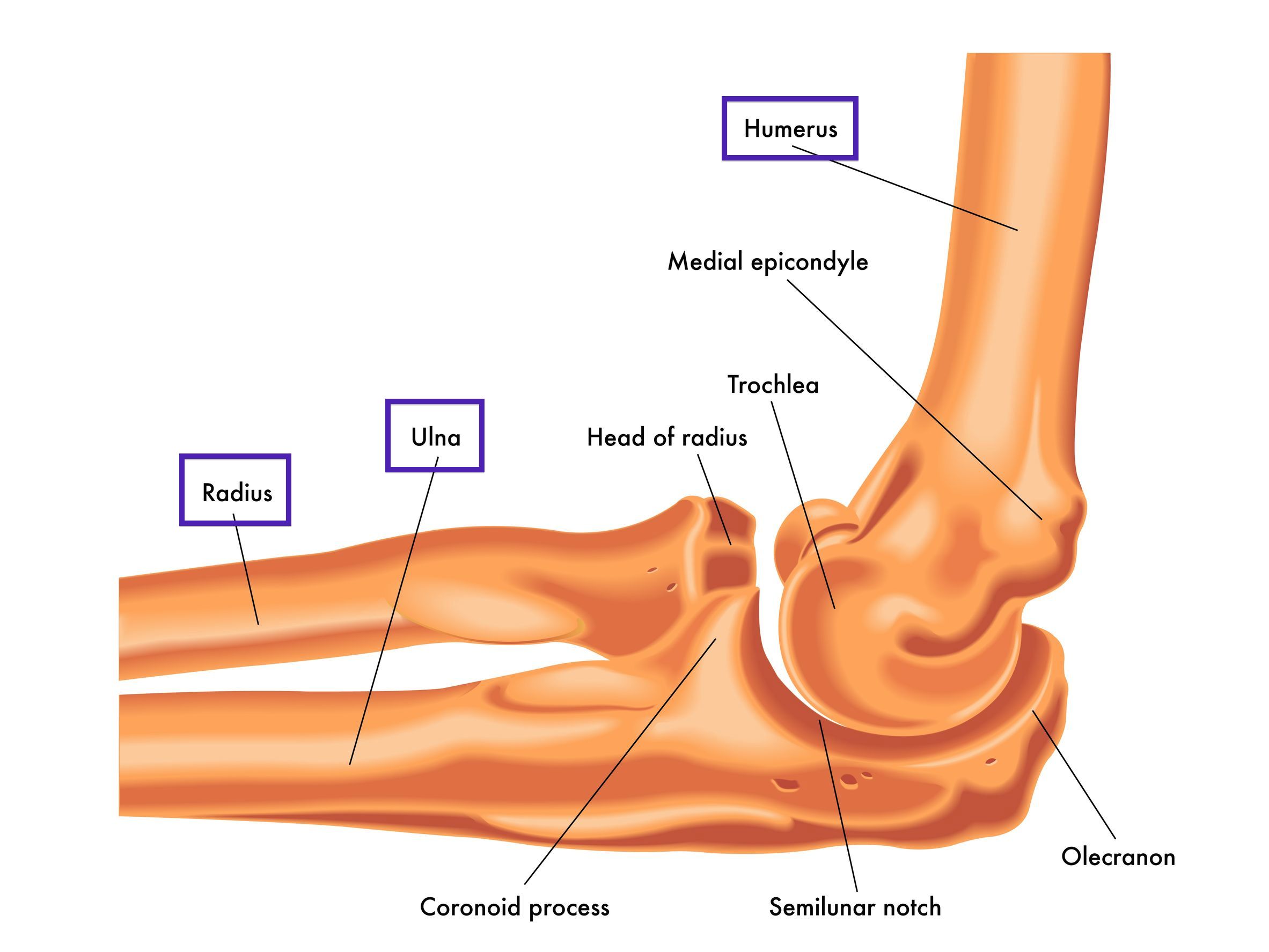Advanced Cancer malignancy: What to Expect From Therapy, Side Effects, and Much more Sunburns and Damage to Your Body Skin Cancer Prevention Just How to Identify Skin Cancer Melanoma: Signs as well as Signs Cancer Malignancy Survival Rates Just How Skin C
So called "Bowen's illness" sores are just squamous cell carcinomas that have not yet penetrated into the deeper layers of the skin. They entail the whole density of one of the most shallow living layer of the epidermis in contrast to actinic keratoses which involve the top fifty percent of the skin. They appear to be a phase in the development of an actinic keratosis to an invasive squamous cell carcinoma. Bowen condition is easily curable by cryotherapy, curettage with cautery and various other methods.
How quickly can melanoma kill you?
A visual check of your skin only finds moles that may be cancer. It can't tell you for sure that you have it. The only way to diagnose the condition is with a test called a biopsy. She'll send the sample of your mole to a lab, where vitamina b 17 y sus beneficios a pathologist will check it under a microscope for cancer cells.
What rises your danger for nonmelanoma skin cancer cells?
What do the early stages of skin cancer look like?
This nonmelanoma skin cancer may appear as a firm red nodule, a scaly growth that bleeds or develops a crust, or a sore that doesn't heal. It most often occurs on the nose, forehead, ears, lower lip, hands, and other sun-exposed areas of the body.

- Never ever burns.Cancer Council Australia wish to thank Cancer Research study UK for the provision of these skin kind photos.
- See your healthcare expert to check your skin if you see any kind of changes in the dimension, shape, color, or texture of pigmented areas (such as darker areas of skin or moles).
- Therapy for cancer malignancy relies on a range of variables, including the phase of the cancer and also whether it has actually spread to various other areas of the body.
- What you need to understand about one of the most usual skin cancer cells.
- Skin cancer is the most typical cancer medical diagnosis, as well as it's the most preventable cancer.
Melanoma can be recognized primarily with identifying brand-new places or moles on the skin. If a mole grows, modifications shape, shifts in shade, looks harsh or crusty, or becomes unpleasant, it might suggest melanoma.
The ABCDEs are essential characteristics to consider when analyzing your moles or various other skin growths, so learn them in the slides to come. The cutaneous horn appears as a funnel-shaped growth that prolongs from a red base on the skin. It is composed of compacted keratin (the same protein in nails).
Surgical treatment is typically really efficient for both basic as well as squamous cell cancer. Metastasis is more probable with squamous cell carcinoma than with basal cell. If you have skin cancer cells, your doctor will utilize a biopsy to discover out. This indicates taking a sample of the development and sending it to a lab to see if it consists of cancer cells.
Is Stage 1 melanoma serious?
It may feel itchy, tender, or painful. Basal cell and squamous cell skin cancers can look like a variety of marks on the skin. The key warning signs are a new growth, a spot or bump that's getting larger over time, or a sore that doesn't heal within a few weeks.
This sort of melanoma stays near to the skin's surface area for a long time. It is more often located in older people on skin chronically exposed to and also damaged by the sun. Nearly every person has moles on their skin, as well as usually they are safe. Nevertheless, if you have a mole that alters in look or looks different from the remainder of your moles, inform your physician, since these can be very early indications of melanoma.

